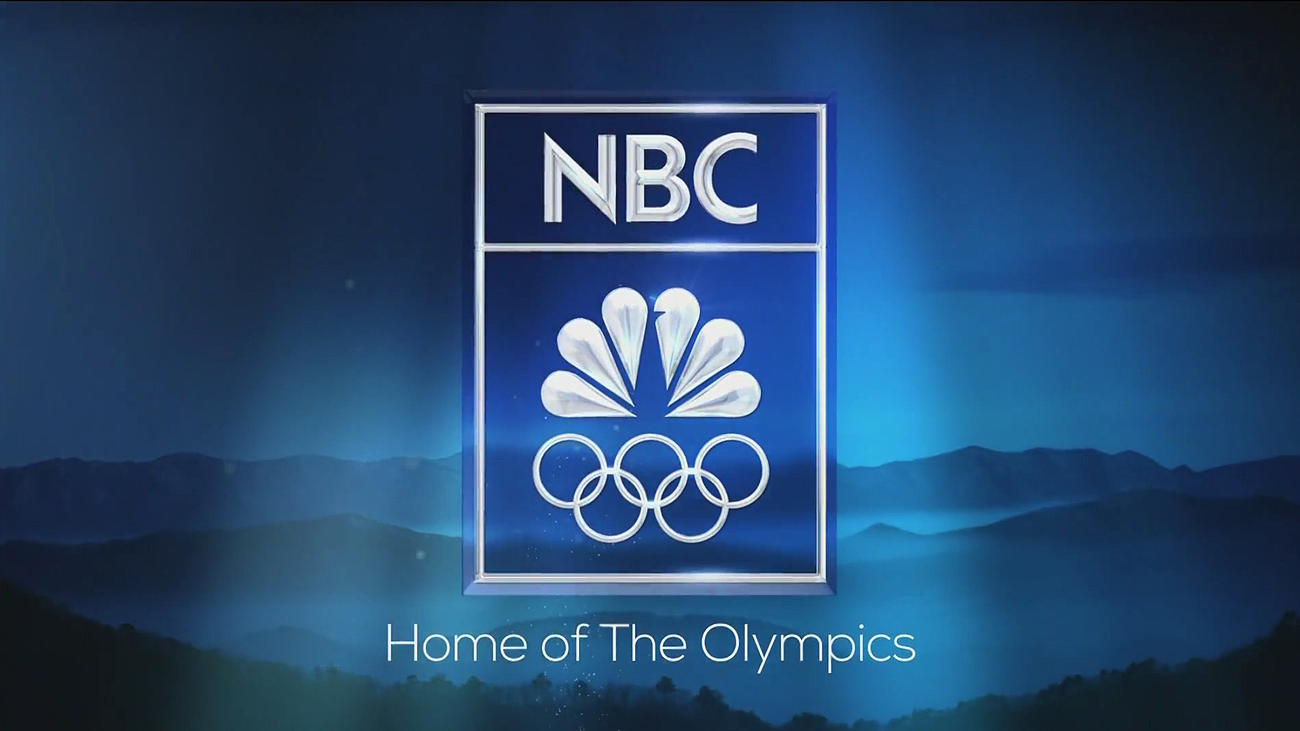The intriguing origins of NBC’s epic Olympic theme music

Subscribe to NCS for the latest news, project case studies and product announcements in broadcast technology, creative design and engineering delivered to your inbox.
The drums pound and the trumpets sound; the tempo matches the excitement and sense of comradery that is felt throughout the world. The NBC logo is adorned with the five Olympic Rings and everyone knows that the games are about to start.
The epic orchestrated theme song has become synonymous with the Olympic games, but many people aren’t fully aware of the composition’s true origins.
Some believe that it is a tribute to Greece mythology, dating back to the original Olympic Games. However, most, have come to believe that John Williams is the sole composer of the piece.
While those that believe the latter is on the right track, the prolific composition is the result of two great compositions being melded into one intense, exciting work of orchestrated art.
The true birth of the piece started with Leo Arnaud in 1958 when he composed, “Bugler’s March.”
ABC was the first to utilize this composition as their opening theme during the 1964 Winter Olympics in Innsbruck, Austria.
However, in 1984, John Williams was commissioned to write a fanfare for the Olympic Games in Los Angeles, the home of Williams and Hollywood. From this games came the “Olympic Fanfare and Theme,” a piece that Williams notes captures the spirit of cooperation and heroic achievement.
“I’m not an avid sports fan and I have never been to an Olympics,” Williams said of his work in a 1984 interview with The New York Times. “But from watching Olympics competition on television, I gained a feeling that I aspired to make the theme of ‘Fanfare.’ A wonderful thing about the Olympics is that young athletes strain their guts to find and produce their best efforts. The human spirit stretching to prove itself is also typical of what musicians attempt to achieve in a symphonic effort. It is difficult to describe how I feel about these athletes and their performances without sounding pretentious, but their struggle ennobles all of us. I hope I express that in this piece.”
When NBC brokered the rights to air the Olympic Games, which they retain until 2032, they merged what was then the traditional theme for the Olympics and Williams’ “Fanfare,” to create the harmonious prodigy we know today.
This melded composition first aired on NBC in 1996, when the Olympics returned to the United States for the first time since 1984.
From that moment on, the intertwined symphony has become synonymous with the Olympic Games.
“We have been fortunate to be the honored caretakers of his extraordinary work,” said Mark Levy of NBC Sports.
When it was first released, though, Williams was accused of striking a deal with Arnaud, the two were allegedly friends, to have his composition aired. However, after some scrutiny, it was proven that the compilation was NBC’s idea. Williams had nothing to do with the melodic fusing and swore that he and Arnaud never discussed the matter before Arnaud’s death in 1992.
Williams, however, is still composing at the age of 86 and has worked with Hollywood on multiple well-known symphonies, such as Jaws, Jurassic Park, Harry Potter, and Star Wars, to name a few.
He has also composed three further official Olympic anthems, “The Olympic Spirit” for the 1988 Summer Olympics in Seoul, “Summon the Heroes” for the 1996 Summer Olympics in Atlanta and “Call of the Champions” for the 2002 Winter Olympics in Salt Lake City.
“Summon the Heroes” is one of the most used pieces by NBC during its Olympic coverage, along side Williams’ “Olympic Fanfare and Theme.”
So, next time the drums pound and the trumpets sound, remember that this awe-inspiring Olympic anthem was perfected after nearly forty years in the making, by two brilliant composers and a television network’s thematic vision.
Subscribe to NCS for the latest news, project case studies and product announcements in broadcast technology, creative design and engineering delivered to your inbox.





tags
2018 Winter Olympics, john williams, NBC, NBC Olympics, olympic theme and fanfare, PyeongChang Olympics, PyeongChang Winter Olympics, sports theme, sports theme music, theme song, tv theme music
categories
Featured, Theme Music, TV Sports Theme Music